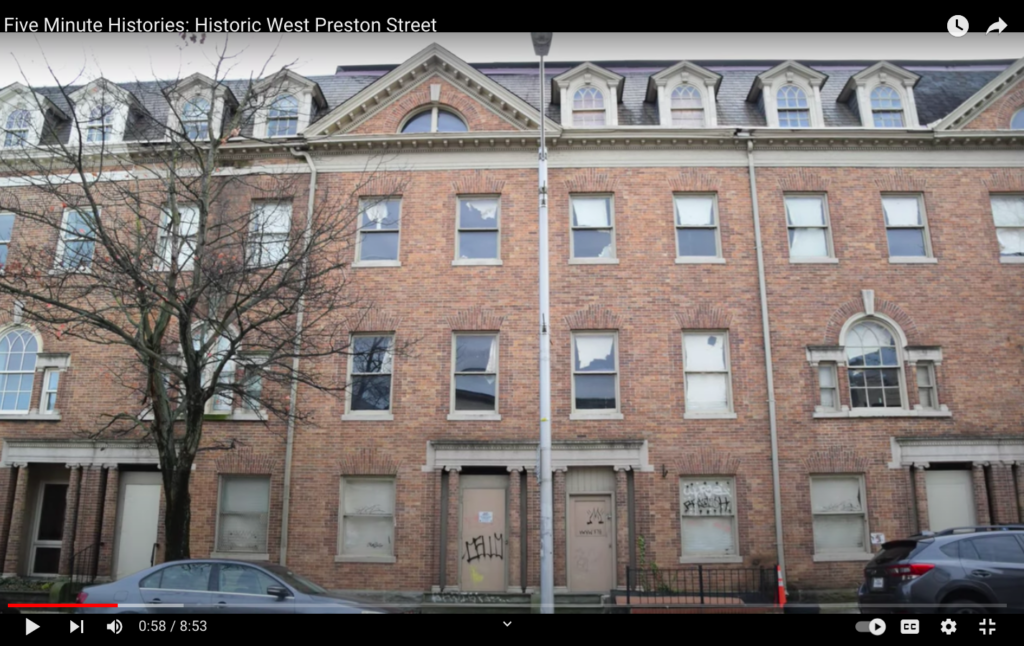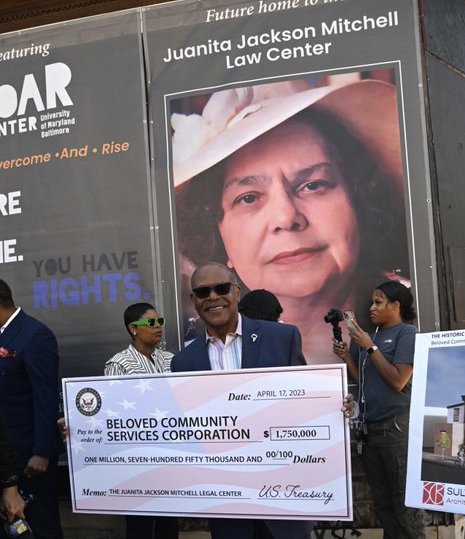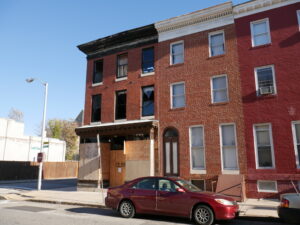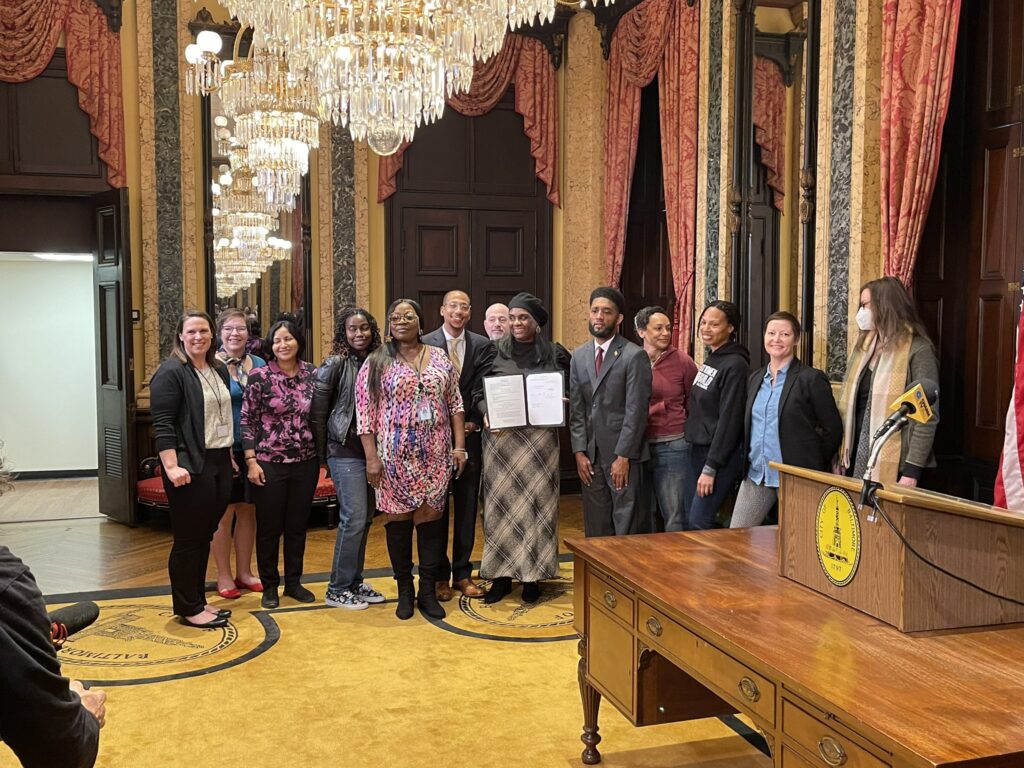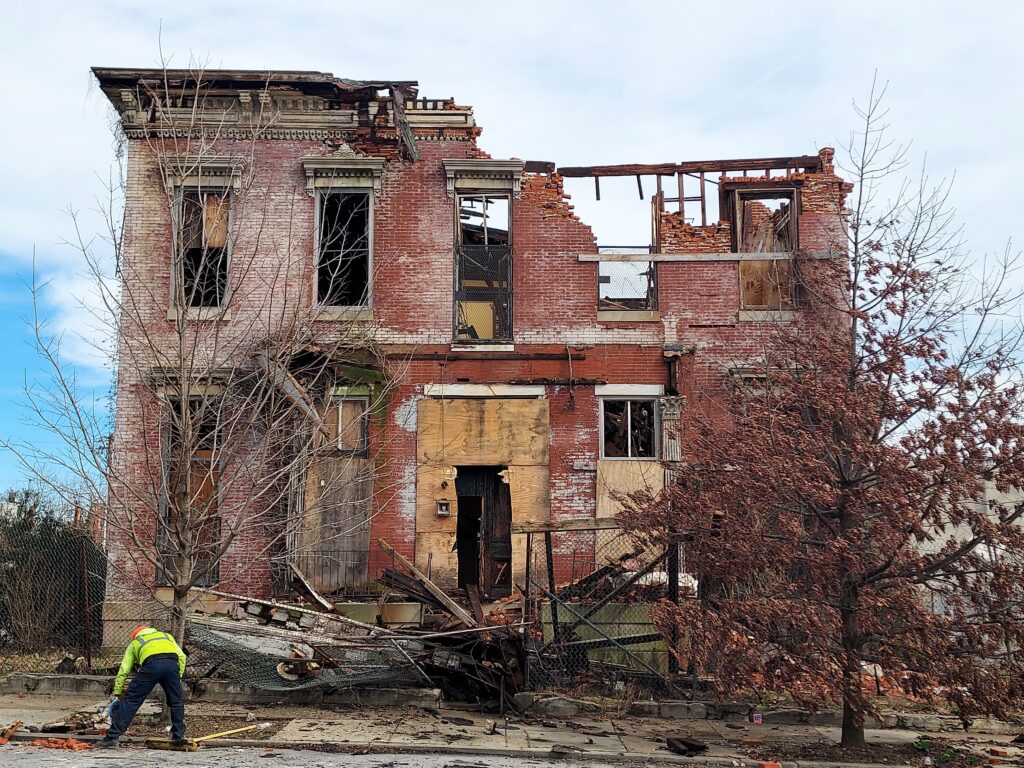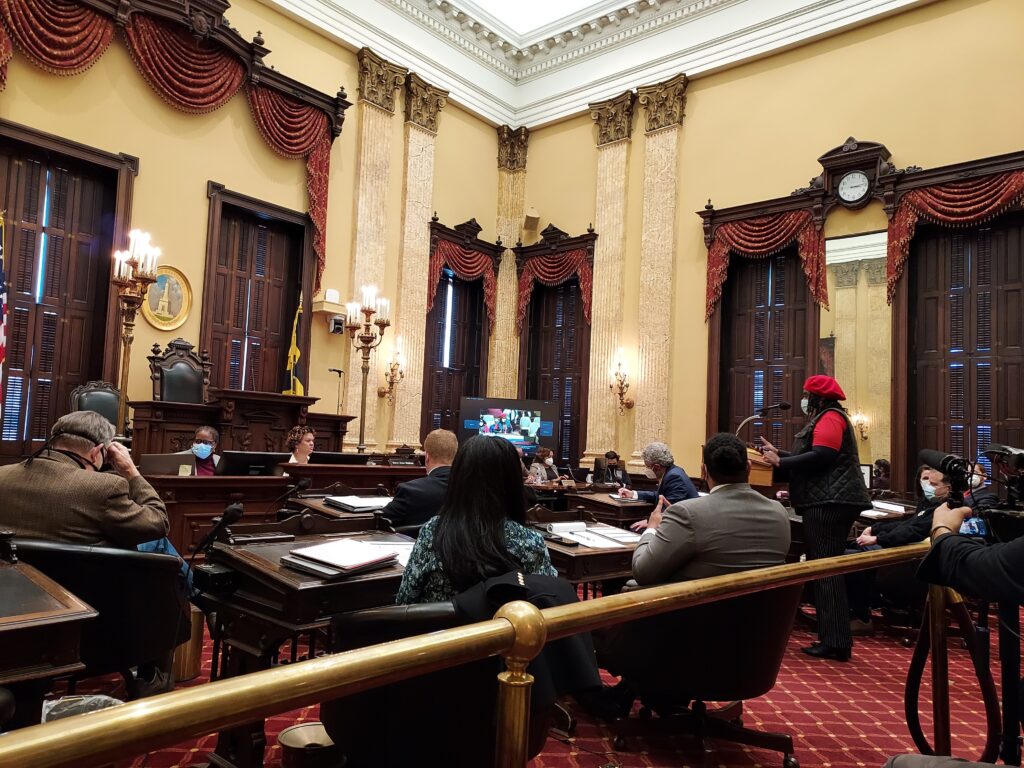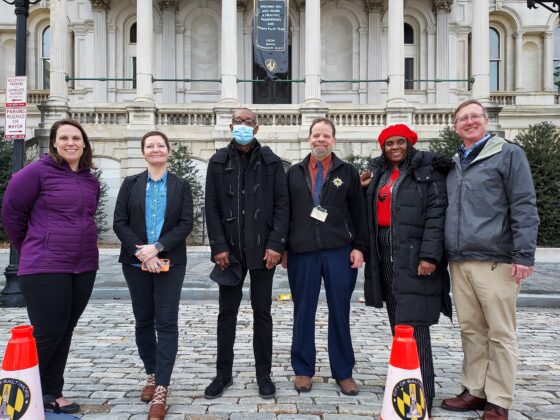Today’s Five Minute Histories video is a bit different! The historic block we are featuring on West Preston Street in Mount Vernon showcases one of the city’s grandest Victorian buildings, the Greek Orthodox Cathedral of the Annunciation, as well as Baltimore’s very earliest switch away from Victorian architecture to a new NeoColonial style. This block was also the home of three pioneering women of science in the early 20th Century, as well as Baltimore’s mayor during the great 1904 Fire. The Greek Cathedral has begun seeking authorization to demolish five of the historic rowhouses on the block and we are sharing this video in hopes that it will help convey why we think this block and these particular rowhouses are important and should be reused rather than demolished. Watch the video here:
This is our series called “Five Minute Histories.” We record short videos about different historic places all over Baltimore and post them on our Facebook page, YouTube channel, and website.

